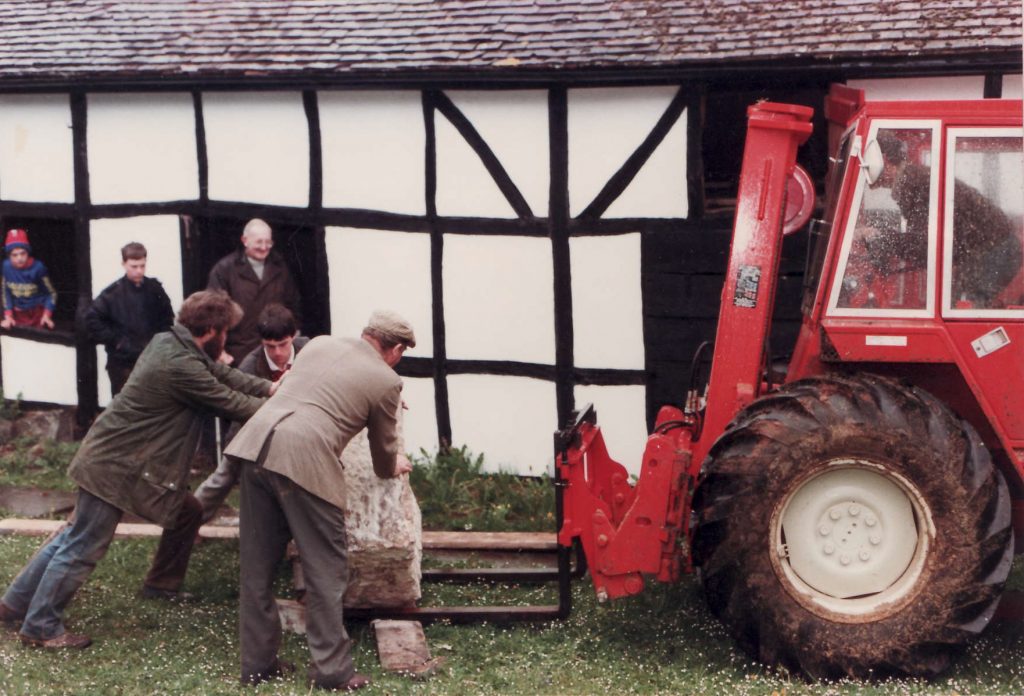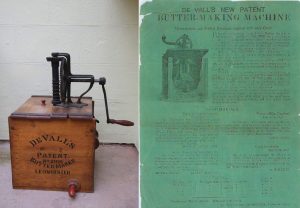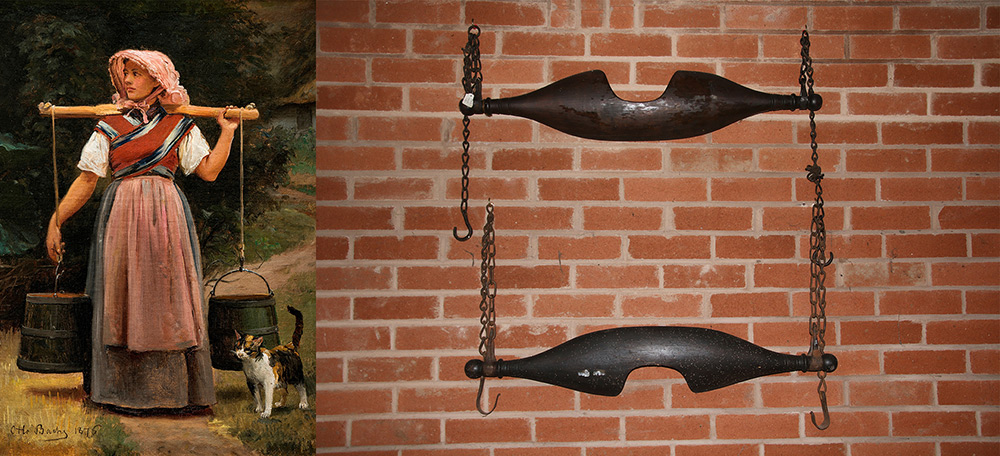The Cider House was built in the late 1980s to house the traditional horse driven cider mill and the cider press which the Museum had acquired from a farm near Cradley. Traditional mills and presses like these were used on hundreds of farms in Herefordshire to produce cider for the farmer, his family, and his workers. Many troughs & wheels can still be seen standing in farmyards or near entrance gates. As well as the cider equipment, there are other objects in the House as well, many related to dairying.


Cider is made in many countries. In Britain, cider milling traditionally takes place in two stages: first, milling or grinding the apples into pulp, and secondly, pressing the pulp to release the juice. In England, the horse mill was the traditional method. It consists of a circular trough made of stone, in which is set either one or two large stone wheels called “runners”. At the centre is a pivot point. A horse is harnessed to the outside of the wheel, and driven in a circle, slowly grinding the apples to pulp. Throughout the 19th century, this was the dominant method in England. By the early 20th century in Britain, however, stone mills had fallen out of fashion, and were replaced by roller mills.
After the pulp has been made, it must be squeezed to extract the juice. This is done in a cider press, which like the cider mill, takes various forms. Our press is a screw press, which was common in Britain. There are two ways to hold the loose pulp (pomace) in place as it is pressed. The first is to use alternating layers of straw and pomace, creating a mixture known as a “cheese”. The other is to wrap the pomace in stout cloth.
The video on the wall next to our cider press, filmed by David Bishop and edited with his permission, was made available with very kind assistance from Fair Oak Cider, of Bacton in the Golden Valley. Fair Oak resurrected the practice of producing cider with horse- and person-power in the past few years. The video shows their mill and press in action, to illustrate the past working life of our exhibits. For more information about Fair Oak Cider, visit their website.







